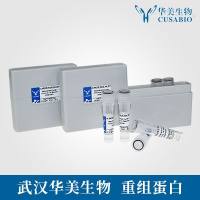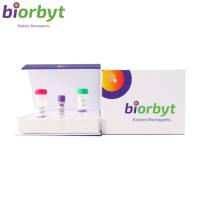Guidelines for the Use of Molecular Biological Methods to Detect Sexually Transmitted Pathogens in Cases of Suspected Sexual Abuse in Children
互联网
互联网
相关产品推荐

BAG6/BAG6蛋白/BAG family molecular chaperone regulator 6 (BCL2-associated athanogene 6Imported) (BAG-6) (HLA-B-associated transcript 3) (Protein G3) (Protein Scythe) (BAT3) (G3)蛋白/Recombinant Human Large proline-rich protein BAG6 (BAG6), partial重组蛋白
¥69

Leishmania K39 used to detect the antibody form visceral Leishmania infection 蛋白,orb2309211,biorbyt
¥10530

HB Western blotting Principles and Methods
¥223

Anti-human SIRPa / CD172a (Hospital for Sick Children patent Anti-SIRPA Biosimilar)(BIO0262SM)-1mg/5mg/20mg
¥3200

rQ MagSi-NA Pathogens (10x96 preps)
¥39802
相关问答
相关方法

